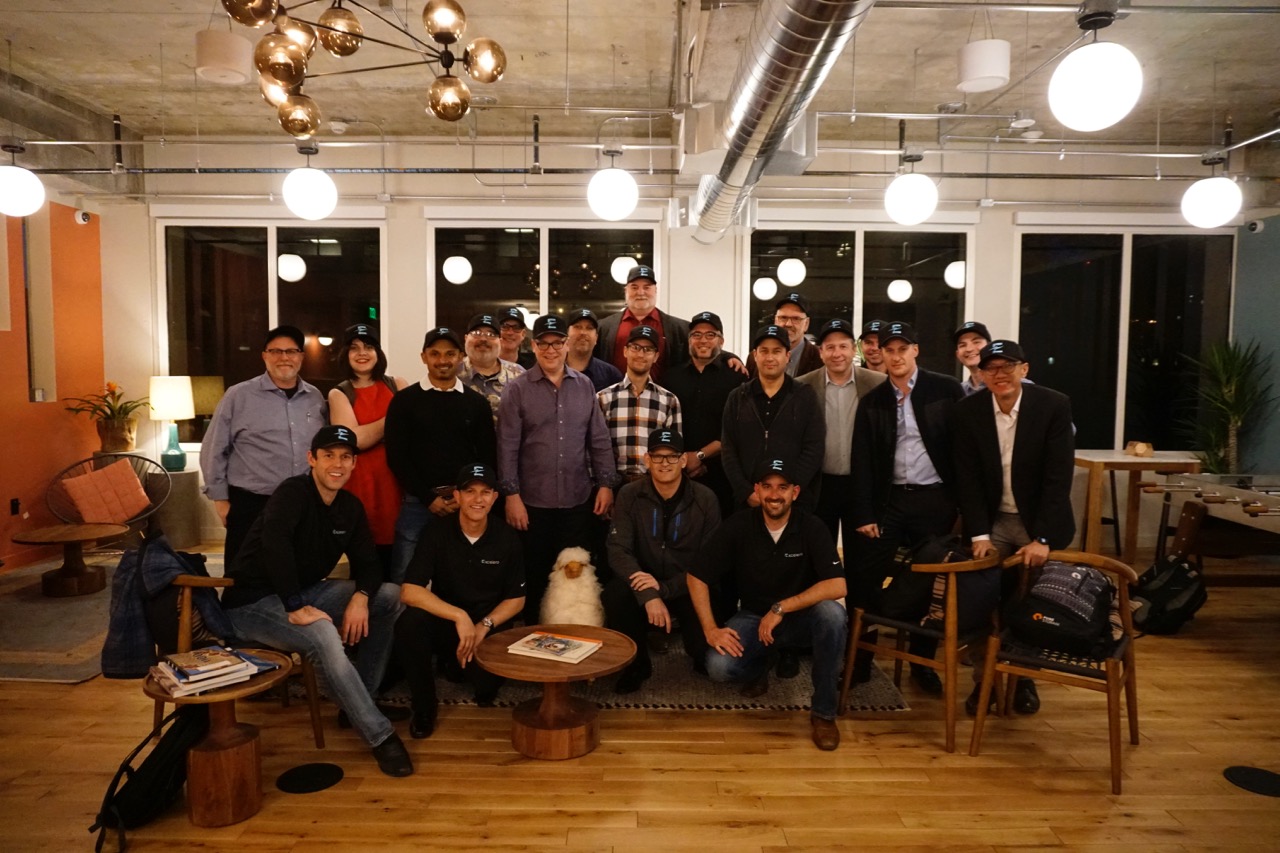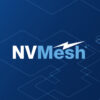
Yesterday I read a blog post by one of my Excelero co-workers about why he joined Excelero. I thought it was a great idea to share with others why we believe Excelero is such a great company, while shedding light on how we are helping to transform the storage industry; so here is my story:
The technology industry has been going through some impressive changes in the past decade. First came hypervisors and cloud, then Big Data, and now IoT and machine learning. The role of data has never been more important. At the same time the role of dedicated hardware is declining at rapid pace. For decades, more powerful hardware would make up for increased application requirements (not to say poor design). But Moore’s law is no longer applicable. CPU power cannot keep increasing as it has, so we are forced to rethink application and infrastructure architectures. Overall increases in CPU and DRAM processing power no longer make up for increased requirements in storage and network bandwidth. Network and SSD capabilities are – for now – still doubling every 16 to 18 months but DRAM has also started to slow down to doubling just every 24 to 27 months, and will continue to do so. Fortunately, other innovations are filling the gap: NVMe has become the new standard in high-performance local storage and NVMf will enable low-latency storage networking. Thanks to these innovations, we will be able to enjoy Moore’s law in storage and networking for the next decade.
As I have a customer-facing role, it’s important for me to understand what keeps customers awake at night. Therefore, when I visit trade shows, I always attend some customer presentations, especially those in which they discuss their pains with storage management. Here are a few challenges I found particularly interesting:
“When we buy CPUs we just have to install them and then we can use them without much need for administrators. But how come we have to employ full-time administrators to manage expensive storage cabinets? I should be able to give my administrators more meaningful assignments than managing storage silos. In a perfect world, I would just buy storage and consume it without the administration overhead”.
“I want to get rid of all the complexity in our datacenter. We have been using storage silos from all the big brands for the past two decades and we are tired to see so many of them failing so regularly. This has a huge impact on our business. That’s why I instructed my staff to work on a much simpler datacenter design, removing all complexity. This can only be achieved by an intelligent Rack-and POD-Design approach to reduce failure domains. We strongly believe we can deliver better services with standard servers and intelligent software instead of maintaining expensive proprietary islands”.
At Excelero, I found some brilliant technology with which I can reach out to all these people and tell them “Hey, here it is: the new way of de-centralized storage with no compromise on performance, management or scalability”! In the past seven years at Fusion-io, SanDisk and HGST, we had been able to solve areas of acceleration but there was no solution for scale-out and mobility. The “missing link” is no longer missing. With Excelero NVMesh, the world’s largest data centers can implement what is called “zero compromise storage”. Add the storage you need without the operational restrictions of solutions of the past or the restrictiveness of using local media.
If you want to learn more about how we do this, take a look at our presentations at “Tech Field Days”
For the folks out of Europe attending WorldHostingDays in Rust, drop me a mail so we can meet at the show between March 28 and March 30.
Thanks for reading this and let me know your thoughts on today’s datacenter storage.




